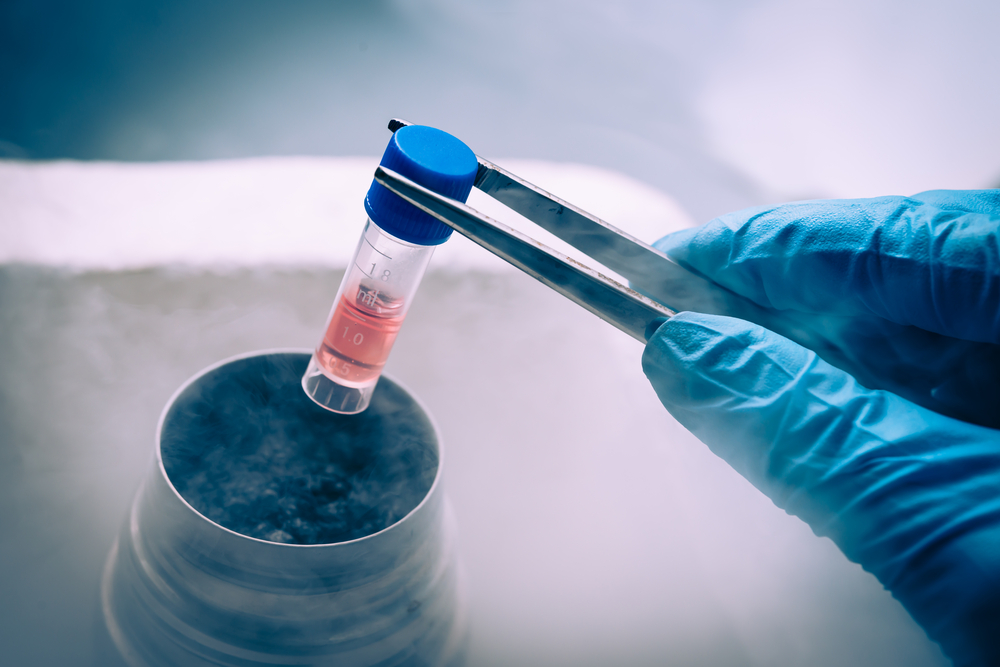Stem cell treatments are often touted as the cure-all for many different diseases and conditions. But what are the diseases that stem cell treatments can help with?
To find out, we first need to understand what stem cells are and how they work. Stem cells are dividing cells that have not yet matured into specialized cells. They are found in various tissues throughout the body and can produce new cells or regenerate damaged tissue. Because of this, they\’re often used in medical research to treat various diseases and conditions.
In the following sections, we\’ll explore some of the most common diseases that stem cell treatments can help with—and why these treatments are so promising for patients suffering from them!
1) Hodgkin\’s Lymphoma
Approximately 8,540 people are diagnosed with Hodgkin\’s lymphoma each year in the United States. It is cancer that starts in white blood cells called lymphocytes. These cells are part of the immune system and help fight infections. When these cells become cancerous, they grow abnormally and form tumors (growths) in lymph nodes. The lymph nodes are small bean-shaped organs that help filter blood and fight infections.
People with Hodgkin\’s lymphoma usually have enlarged lymph nodes in their neck, chest, armpits, or groin. They may also experience painless swelling of one side of the body, fever, night sweats, and weight loss.
Hodgkin\’s lymphoma is treated with chemotherapy drugs to destroy cancer cells and radiation therapy to shrink tumors. Stem cell transplants may also be used to treat this disease.
2) Congenital Dyserythropoietic Anaemia
Congenital dyserythropoietic anaemia (CDA), also known as congenital dyserythropoietic anemia (CDA II) or Diamond-Blackfan anaemia, is a rare autosomal recessive disease that affects red blood cells.
The disease results in an increased risk of infections and bleeding, as well as bone deformities.
Although there are no treatments available for CDA, researchers have been able to develop a stem cell treatment to help patients with this condition. This treatment uses the patient\’s own stem cells to create new healthy red blood cells.
The goal of this research is to improve the quality of life of these patients by reducing their risk of infections and bleeding while also helping them grow normally.
3) Inherited Platelet Abnormalities
An inherited platelet disorder is one of the most common reasons for a person to need a stem cell transplant. These disorders are caused by mutations in certain genes that make the platelets in your blood less able to do their job. This can lead to many different problems, including bleeding disorders and organ damage.
Stem cell treatments can help when you have an inherited platelet disorder because they can replace damaged or missing platelets while also stopping bleeding and repairing organ damage. The most common types of stem cell treatments used for this condition include:
Bone marrow transplants: This is the most common type of stem cell transplant for this condition. It involves replacing damaged or missing platelets with healthy ones, which are found in the bone marrow. Bone marrow transplants can be done using your own stem cells—known as an autologous transplant. Or they can be done using those from someone else—known as allogeneic transplants.
Hematopoietic stem cell transplants (HSCTs): This type of stem cell transplant is used to replace the bone marrow that has been damaged or destroyed by chemotherapy or radiation. It involves using blood-forming stem cells from either bone marrow or blood to create new blood cells that will grow in your body after you receive them.
Final Conclusion
When you\’re looking to have a stem cell transplant, it\’s important to work with a medical provider who can help you understand what options are available and how they may affect your recovery. Also, keep in mind that there\’s no one-size-fits-all approach when it comes to this type of treatment.



